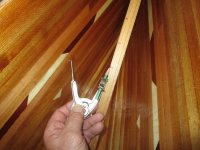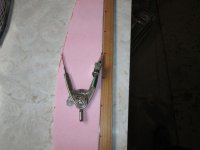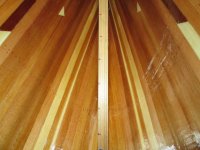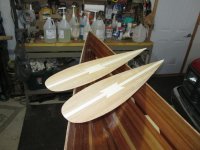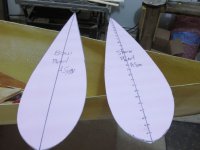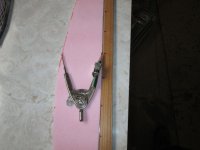Fuzzy memory... IIRC how to take the lines off a canoe hull create a table of offsets was described with pictures in the first edition of Canoecraft, Ted Moores... published 1983. But not in the second edition. The first is in the library but it's closed because of the COVID mess. Possible to reserve which will take a few days to check fuzziness of memory... or maybe someone who has it could check to see if the info is actually there or not.
Again IIRC, Rolf Kraiker has done this on an old canoe, the Richardson (?)... his website Blazing Paddles seems to be gone, maybe contact by email... rolfkraiker@gmail.com
Again IIRC, Rolf Kraiker has done this on an old canoe, the Richardson (?)... his website Blazing Paddles seems to be gone, maybe contact by email... rolfkraiker@gmail.com

